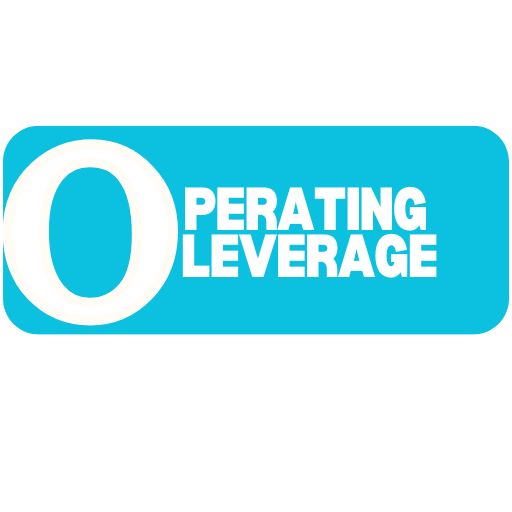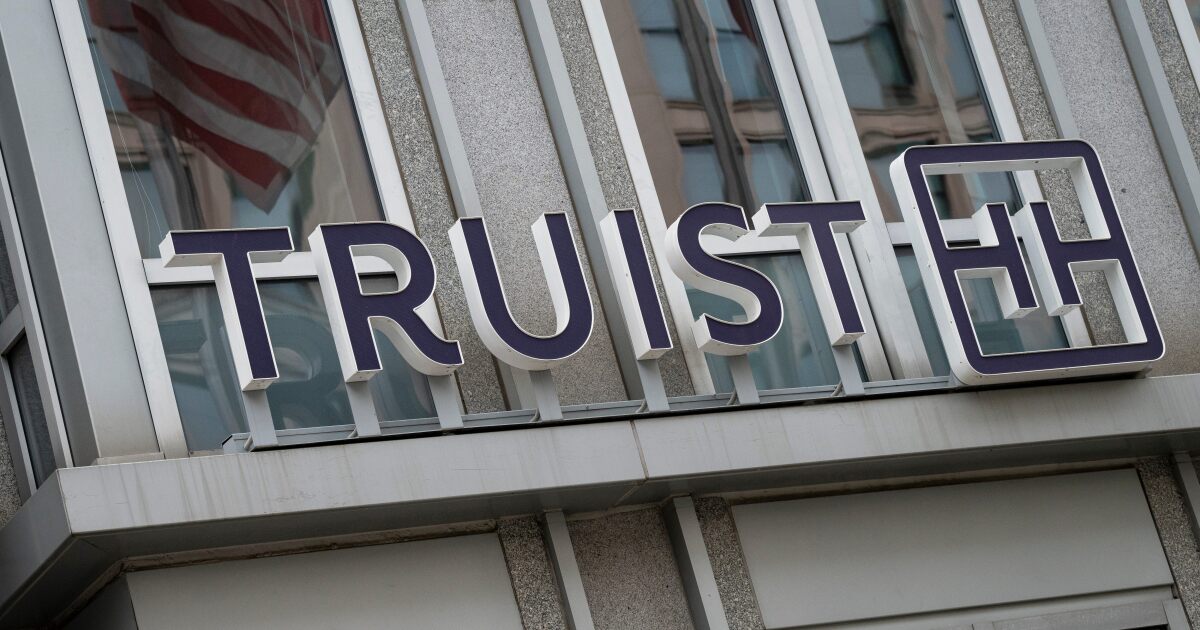Enjoy complimentary access to top ideas and insights — selected by our editors.

UPDATE: This article includes analyst commentary and comments made during Truist’s earnings call.
Truist Financial said Thursday that it expects its 2025 revenue to outpace expenses. If achieved, that would mark the bank’s first year of positive operating leverage since 2022.
CEO Bill Rogers told analysts that the expectation is “based on the current momentum” within Truist’s lines of business as well as “confidence” in employees and the franchise as a whole.
Business lines such as investment banking are gaining traction, loan demand should pick up, deposit costs should decline and Truist has “a good handle” on its expenses, Rogers said during the company’s third-quarter earnings call. All of those factors should be beneficial, he said.
“We’re going to manage them all really tightly and really well, with a focus on achieving that positive operating leverage,” Rogers said.
Hitting that milestone has been a focus since the $519 billion-asset Truist was formed in 2019 through the
But Truist is a different company today, Rogers said Thursday. Over the past year, the firm has taken several steps to improve its financial performance. Last fall,
Earlier this year, the company
In September, Truist
During the third quarter, Truist’s return on tangible common equity was 13.8%. That compared with 10.4% in the second quarter, 16.3% in the first quarter and 18.9% for all of 2023.
The company’s spending trajectory is also different today, Rogers noted. Whereas expenses rose significantly in 2023 compared with the prior year, they are now projected to decline on an annual basis in 2024, which would be an improvement on the company’s commitment to keep expenses flat this year.
For the third quarter, expenses fell 5.4% from the year-ago period as spending on personnel and restructuring charges declined, Truist said. The company expects adjusted expenses, which exclude restructuring costs and other items, to rise in the fourth quarter by about 4% year over year.
Overall, net income for the third quarter rose to $1.4 billion, or 99 cents a share, up from $1.2 billion, or 80 cents a share, during the year-ago quarter. Earnings per share topped the average estimate of 92 cents a share from analysts polled by S&P.
Revenue totaled $5.1 billion, up from $4.9 billion in the same quarter last year. Net interest income rose to $3.7 billion, up 1.8% year over year. Noninterest income had a steeper increase, climbing by 11.2% to $1.5 billion.
A big contributor to that latter uptick was investment banking and trading income of $332 million, which reflected a year-over-year increase of nearly 80%.
Investment banking revenue has been gaining momentum across the industry. Truist has so far logged an increase in such fees during every quarter of this year.
Truist’s shares were down more than 1% by midday Thursday. Year to date, its stock price is up about 21%.
Michael Rose, an analyst at Raymond James, said in a research note that Truist is well positioned going forward.
“We continue to view risk-reward positively, as we do expect said progress to become more evident in coming quarters as the company further shifts from defense to offense,” he wrote.

